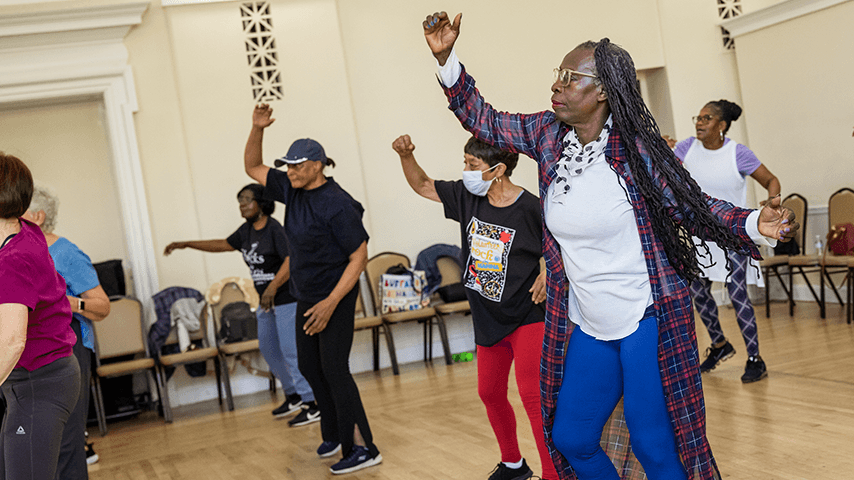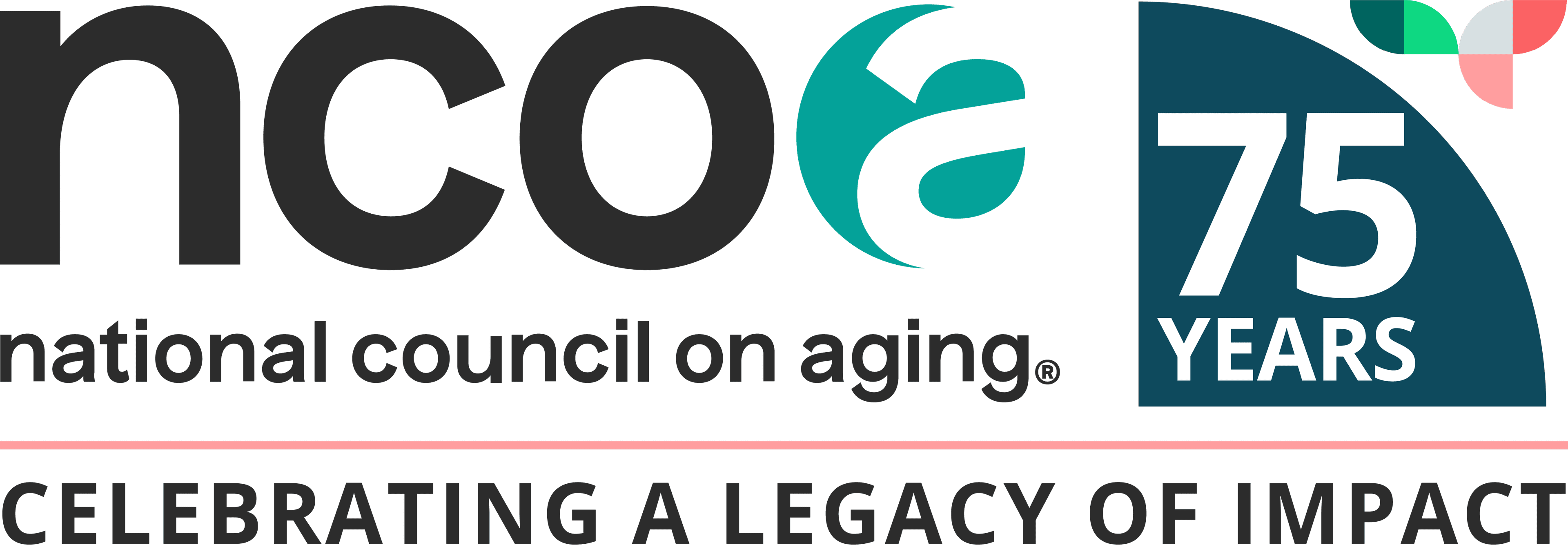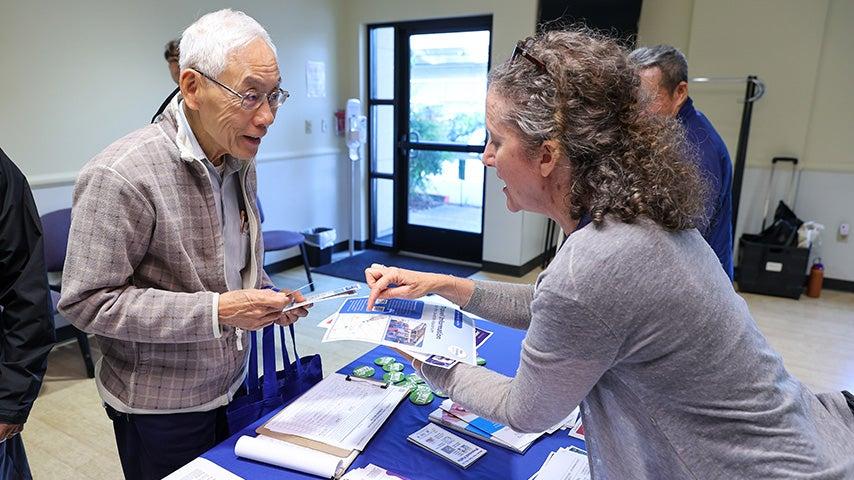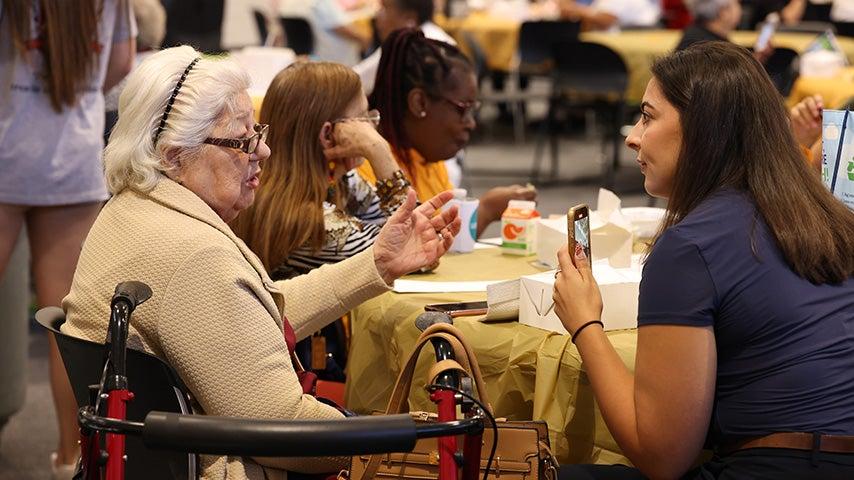
Related Topics
Falls among older adults are common, costly, and deadly. Significant strides have been made in disseminating evidence-based falls prevention programs to reduce falls risk. But these efforts are not reaching or relevant for all populations and communities.
Recognizing these gaps, the Administration for Community Living (ACL) Innovation Lab examined literature about evidence-based falls prevention programs and identified their key components, activities, or approaches that are associated with reduced falls risks among older adults.
Under the ACL Innovation Lab funding opportunity, NCOA awarded 18 grants to organizations to test these falls prevention activities, demonstrating if and how the activities and approaches offer flexible, adaptable, and relevant options for older adult falls prevention.
The 24-month grant period began on June 1, 2025, and ends on May 31, 2027.
Meet the grantees!
- Bridge to Health NM—Espanola, New Mexico
- Center for Better Aging—Chicago, Illinois
- Chinese Information and Service Center—Seattle, Washington
- Delta Health Alliance—Leland, Mississippi
- Elder Options—Gainesville, Florida
- High Country Area Agency on Aging—Boone, North Carolina
- Live Healthy Little Havana, Inc.—Miami, Florida
- Los Angeles LGBT Center – Senior Services—Los Angeles, California
- Mac Inc Maryland Living Well Center of Excellence—Salisbury, Maryland
- Pennsylvania Pharmacists Association—Harrisburg, Pennsylvania
- Quality Insights Inc.—Charleston, West Virginia
- RIPIN—Warwick, Rhode Island
- Sticht Center on Aging and Alzheimer's Prevention; Wake Forest University Health Sciences, Advocate Health System—Winston-Salem, North Carolina
- The Hebrew Home for the Aged at Riverdale—Riverdale, New York
- United Church Homes—Marion, Ohio
- United Community Center—Milwaukee, Wisconsin
- University of Hawaii Center on the Family—Honolulu, Hawaii
- VCU Injury and Violence Prevention Program—Richmond, Virginia
What will ACL Innovation Lab grantees do?
Grantees will:
- Select at least two falls prevention activities identified by the ACL Innovation Lab from a menu provided.
- Deliver the falls prevention activities to older adults in their communities.
- Engage their community in decisions and activities throughout the project to ensure efforts reflect the community’s needs, interests, values, and preferences. This should include the formation or involvement of an existing Community Advisory Board or similar group/committee, shared decision making, and consistent communication with the community on progress and findings.
- Collect and report a limited amount of de-identified data about: a) the people who participate in the falls prevention activities; and b) how the activities are being conducted, delivered, and the extent to which they are associated with reducing fall-related risks.
- Participate in technical assistance offerings to support delivery of selected falls prevention activities and address any challenges encountered during the project period.
Eligibility
Entities eligible to apply for this funding opportunity included domestic public or private non-profit entities. Individuals, for-profit organizations, and foreign entities were not eligible for this funding opportunity.
ACL Innovation Lab request for proposals (RFP)
The following RFP provides a detailed overview of the project background and goals, award information, and application process.
Who can I contact if I have questions?
Please email healthyaging@ncoa.org with any questions regarding this funding opportunity.
This project is supported by the Administration for Community Living (ACL), U.S. Department of Health and Human Services (HHS) as part of a financial assistance award totaling $9,097,121 with 100 percent funding by ACL/HHS. The contents are those of the author(s) and do not necessarily represent the official views of, nor an endorsement, by ACL/HHS, or the U.S. Government.



